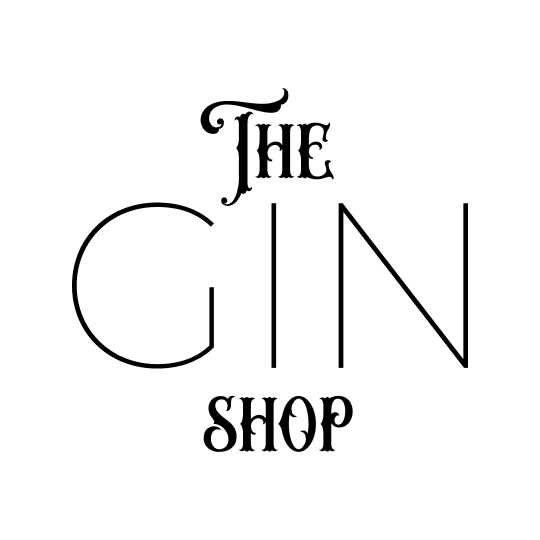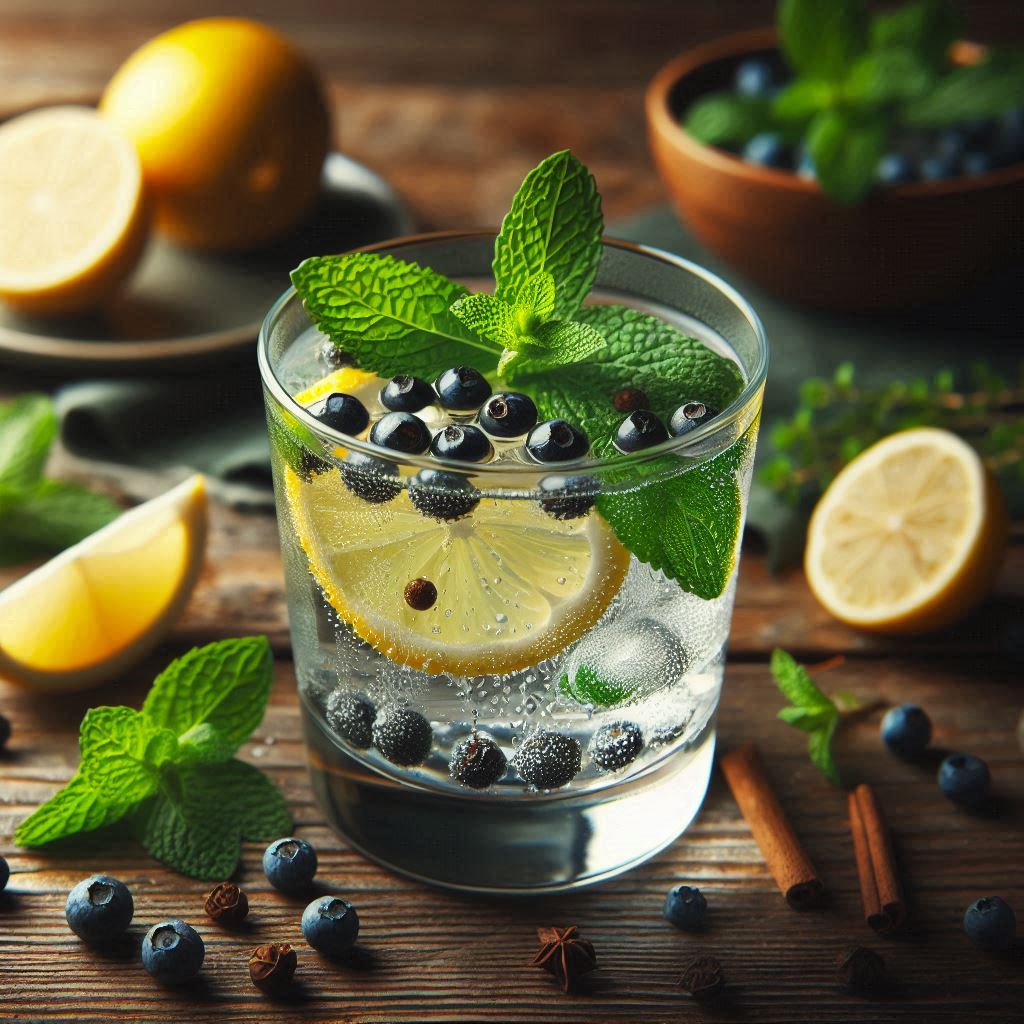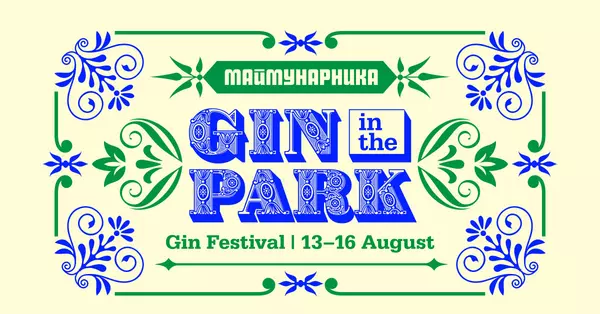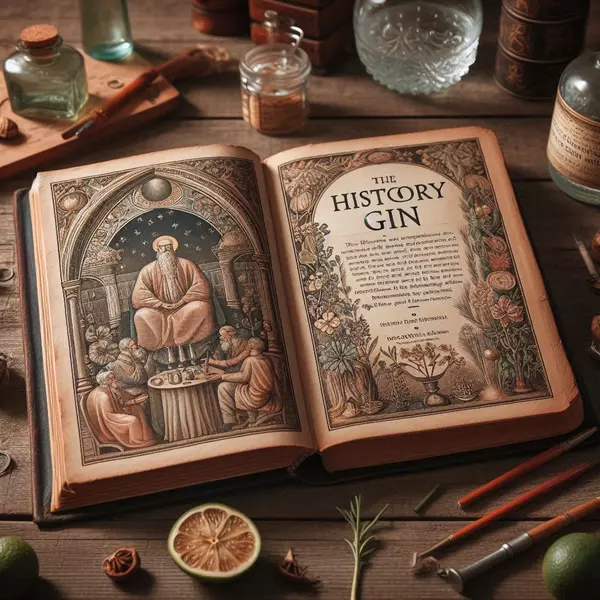Gin is a spirit with a rich and varied history that spans centuries. It is renowned for its unique flavours, which are due to the use of juniper and various botanical ingredients. Although gin is a popular choice in cocktails and social events today, its journey began far in the past as a medicinal tincture.
Early roots in medicine
The history of gin began in the 11th century, when monks and alchemists in Italy and Holland began experimenting with distilling spirits with medicinal herbs and spices. Juniper, known for its antiseptic properties, quickly became a key ingredient in these experiments. It is believed that the original purpose of these drinks was medicinal, used to treat various ailments.
The birth of modern gin
In the 16th century, the Dutch physician and alchemist Francis Sylvius created "Genever", a distilled juniper drink that quickly gained popularity. Dutch soldiers, who drank Genever before battles for courage (hence the expression "Dutch courage"), introduced English soldiers to the drink during the Eighty Years' War. The English liked the drink and introduced it to England, where it evolved into what we know today as gin.
Gin craze in England
In the 18th century, gin experienced a real boom in England. King William III stimulated the gin industry by removing restrictions on distillation and increasing taxes on French alcohol imports. This led to the gin craze known as the 'Gin Craze'. In this period, gin became extremely popular among the poorer sections of society due to its affordability and strong effects.
Reforms and quality
The uncontrolled production and consumption of gin led to social problems and the government was forced to introduce a number of laws to regulate the production and sale of gin. In 1751, the Gin Act was passed, restricting small distilleries and increasing the quality of the drink.
The Victorian era and cocktails
In the 19th century, gin regained its reputation and began to be used in a variety of cocktails, thanks to the development of new distillation techniques and a higher quality drink. Classic cocktails such as the gin and tonic, martini and Negroni became popular and continue to be favoured to this day.
The Modern Renaissance
In the late 20th and early 21st centuries, gin experienced a new renaissance. The emergence of craft distilleries and experimentation with new botanical ingredients led to the creation of different types of gin with unique flavours. Today, gin is a symbol of quality and sophistication, and is used in many classic and modern cocktails.
The history of gin is long and colourful, full of ups and downs. From medicinal tincture to cultural symbol, gin continues to inspire and delight spirits lovers around the world. Its diversity and complexity make it a timeless favourite that will never lose its appeal.







